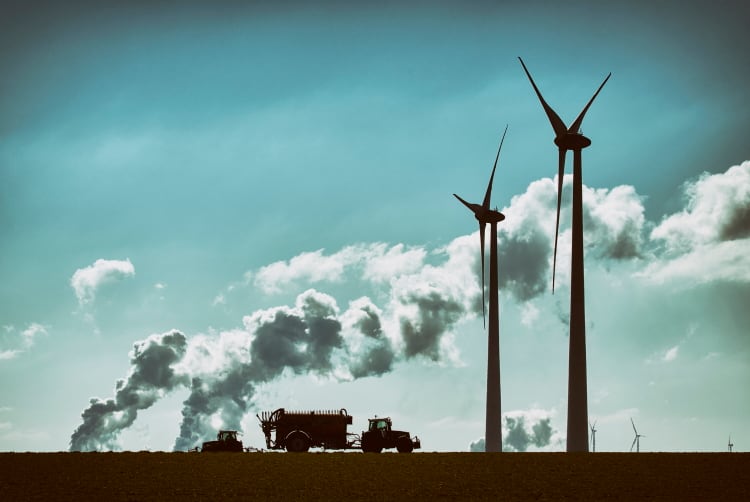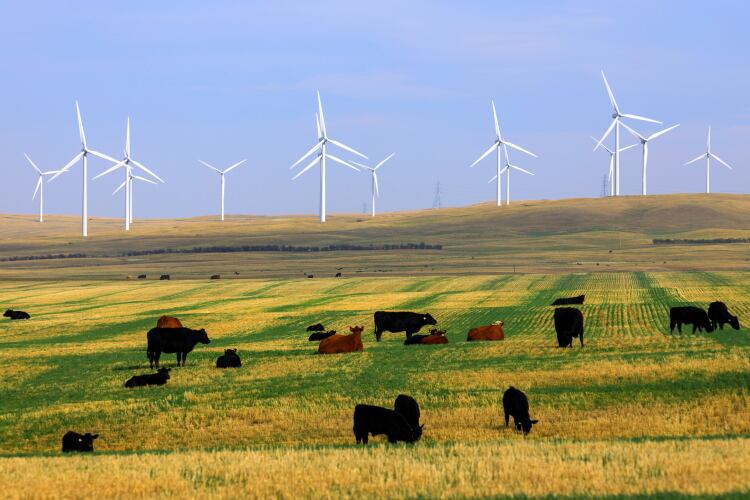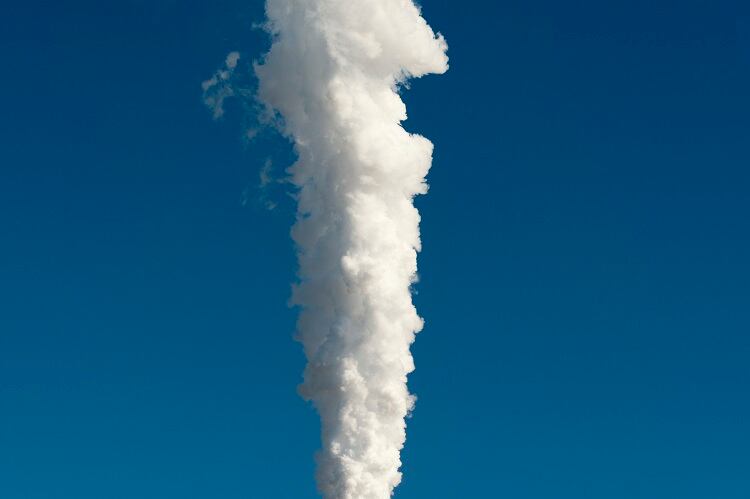ING analyzed the climate targets of the 50 largest meat and dairy firms from Europe and North America to discover ‘clear differences in the quality and level of detail of commitments’.
Of the findings, the most striking is that more than a third (35%) of companies have not published their sustainability targets publicly, and only 10% have published their scope 3 emissions targets.
Dairy companies are also more ambitious than their colleagues from the meat industry when it comes to average scope one and two reduction targets. According to the findings, dairy firms target a 40% reduction on average versus the meat industry’s 35% aim.
Overall, 64% of companies have published specific targets, and around a quarter aim for a net-zero status by 2050. Of those who disclosed their public targets, just 8% aim for net-zero and have targets for scope one, two and three emissions.
The missing scope three
Reducing scope 3 emissions, or so-called indirect emissions that occur in the value chain, is the most difficult part of any emissions reduction plan as actions required to cut down these emissions often fall outside a company’s control. According to the ING data, only 20 out of the 50 companies analyzed have outlined their scope 3 targets.
This could be because tackling value-chain emissions requires a diverse range of measures to be in place – upstream, e.g. at a farm level, this can involve manure treatment, breeding, and health management of the animal, while downstream, measures could include improved packaging and low-emission transportation.
For manufactures, increasing their use of plant ingredients and adding plant-based alternatives to their portfolios could offer another avenue to reducing value-chain emissions, ING stated.
The cost of sustainability
ING estimates that dairy and meat companies would require anywhere between €5 and €10bn for the 30 largest dairy and meat companies with public emissions reduction data to accomplish their 2030 targets - although the estimates rely on several assumptions and are designed ‘to get a sense of the order of magnitude rather than trying to be exact’, ING notes.
ING has also highlighted some of the technologies and measures available to manufactures and their relative cost, splitting them across four groups – very low-cost (below €50/ton), low-cost (€50-€100/ton), high-cost (€100-€150/ton) and very high-cost (more than €150/ton). Examples of very low-cost measures include LED lighting, solar energy, groundwater level increase and deforestration prevention; low-cost measures include energy-efficiency improvements in production and carbon sequestration; high-cost options are wind power and solar water heating systems; and very high cost measures comprise bio-gas production and witching from fossil fuels to heat pumps.



